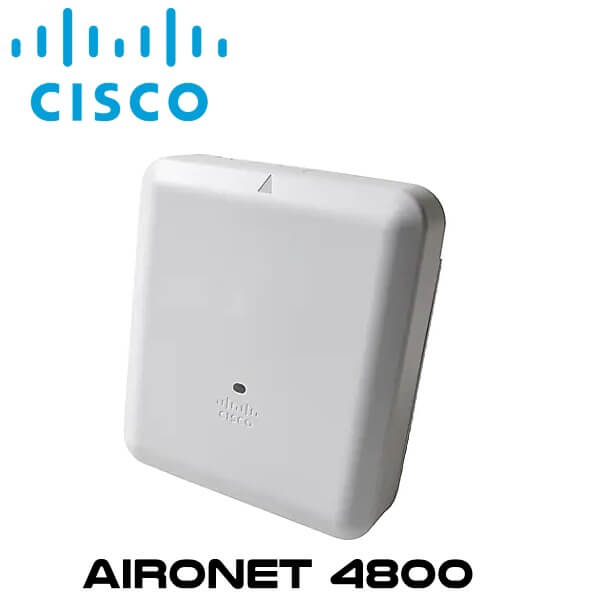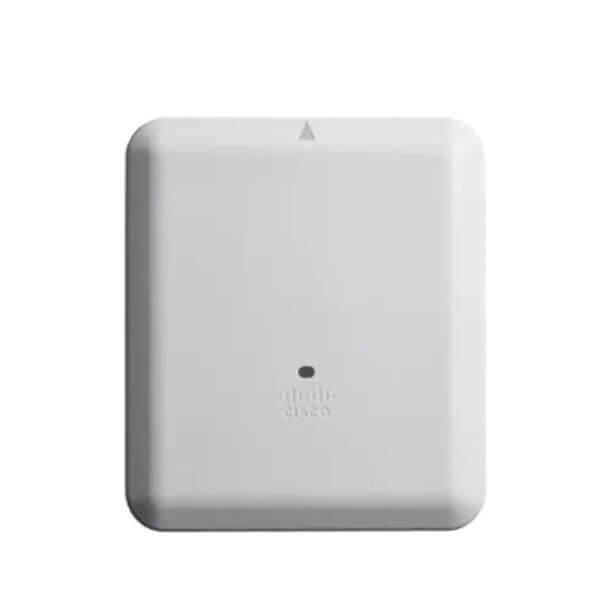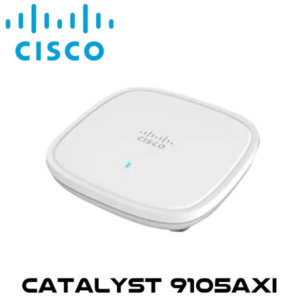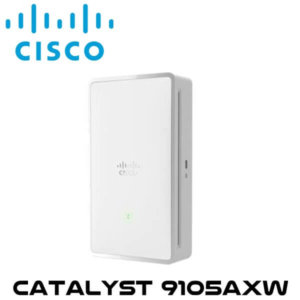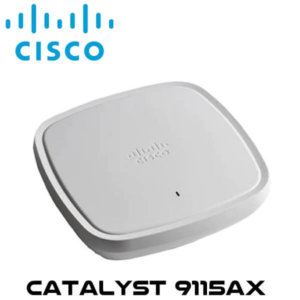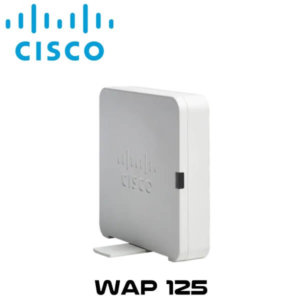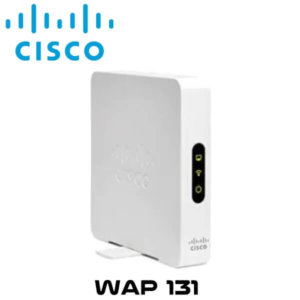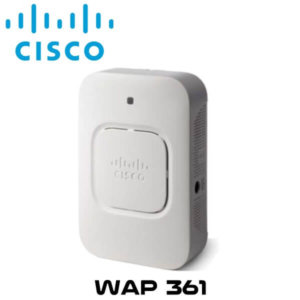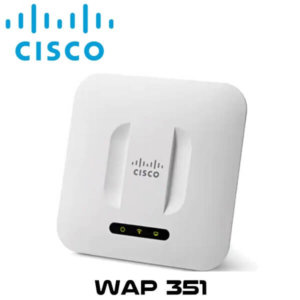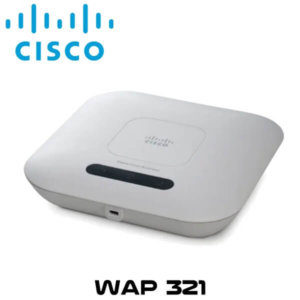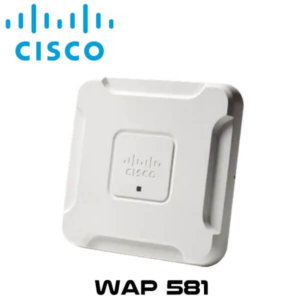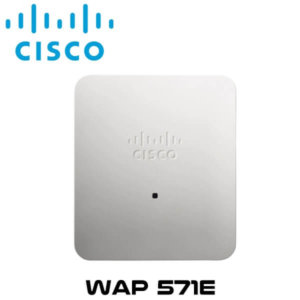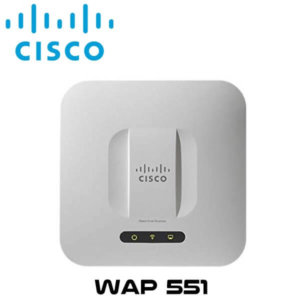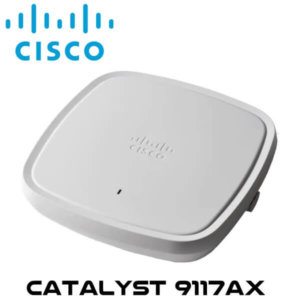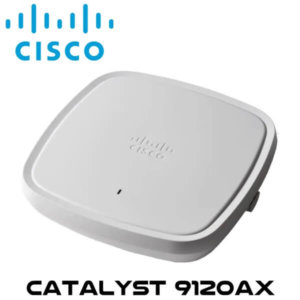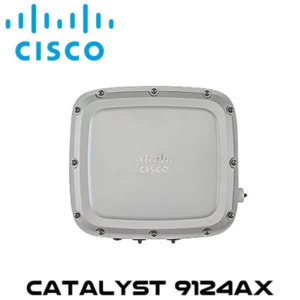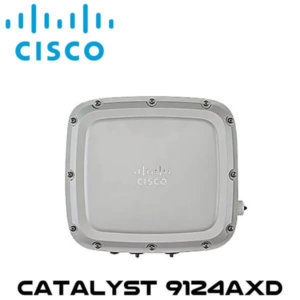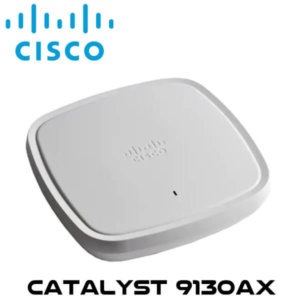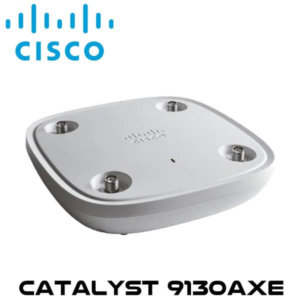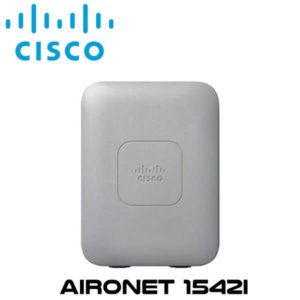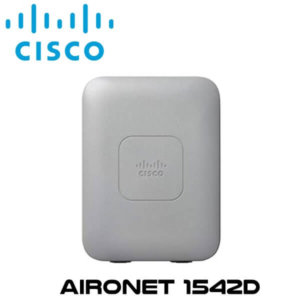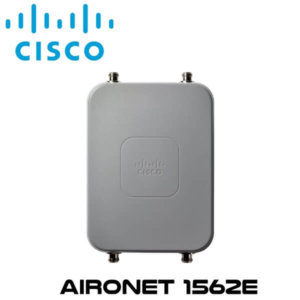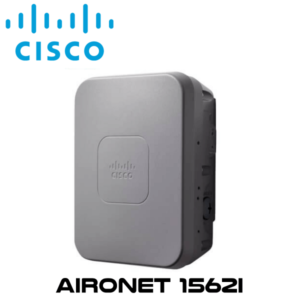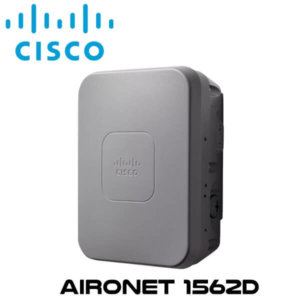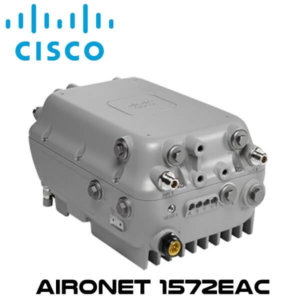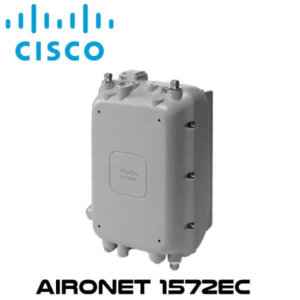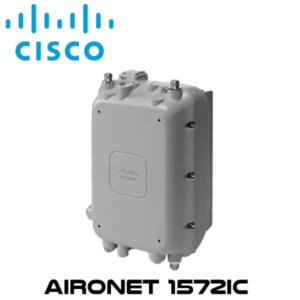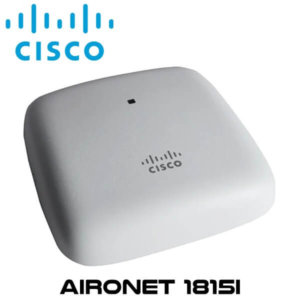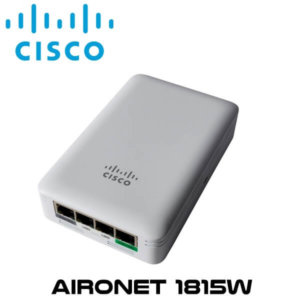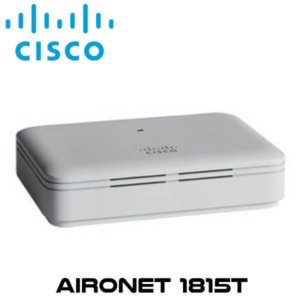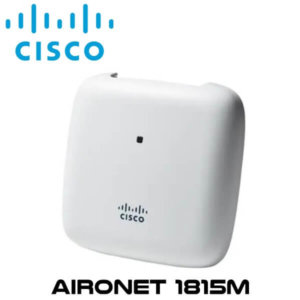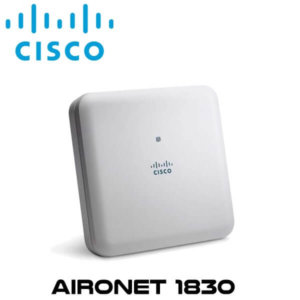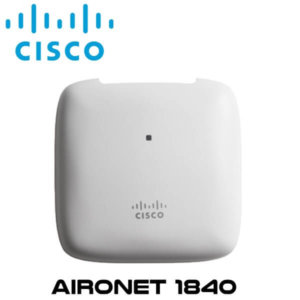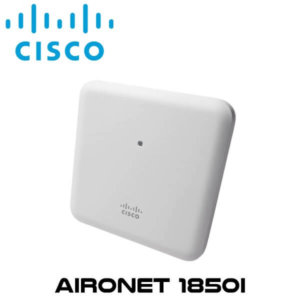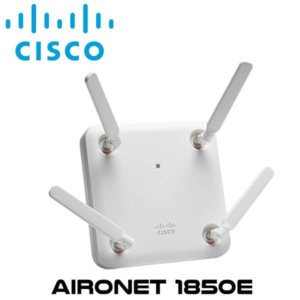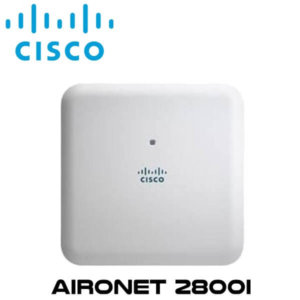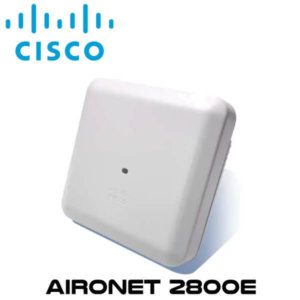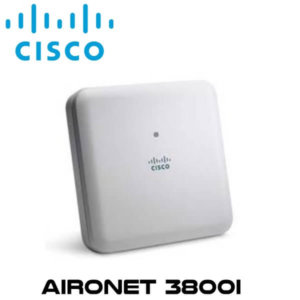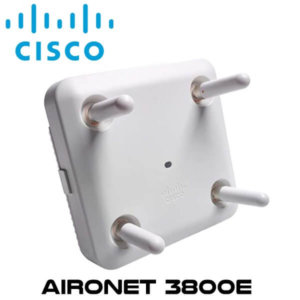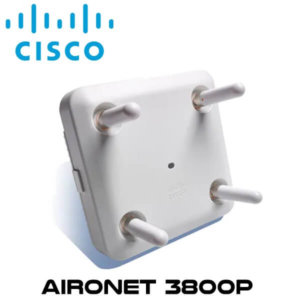Description
Cisco Aironet4800 Access Point Kenya
The Cisco Aironet4800 Kenya is Access Point is packed with an abundance of features that offer users a better experience, top-notch security, and high-speed connectivity. This Cisco WiFi Kenya makes troubleshooting easier and enhances the context shown in Cisco DNA Assurance. The access point’s functionality is spread out over four internal radios, so these features run simultaneously over your network. The Cisco Aironet4800 Kenya expands the current rich capabilities of our current Aironet portfolio (with features such as built-in Flexible Radio Assignment, Hyperlocation, and Bluetooth Low Energy [BLE]) and adds a fourth internal radio to provide rich performance and location and security analytics. With more radios embedded in the access point, your wireless network achieves higher security and data analysis without degrading performance—you’ll never again have to trade security for network performance.
Features
802.11ac Wave 2 support
Cisco Aironet4800 Kenya provides a theoretical connection rate of up to 2.6 Gbps per radio—roughly double the rates offered by today’s high-end 802.11ac access points.
High-density experience
Best-in-class RF architecture that provides high-performance coverage for a high density of client devices, giving the end user a seamless wireless experience. Features include custom hardware in 802.11ac Wave 2 radios, Cisco CleanAir, Cisco ClientLink 4.0, cross-access point noise reduction, and an optimized client roaming experience.
Multiuser multiple-input multiple-output (MU-MIMO) technology
Cisco Aironet4800 Kenya supports three spatial streams, MU-MIMO Cisco Aironet4800 Kenya enables access points to split spatial streams between client devices, to maximize throughput.
Multigigabit Ethernet support
The Cisco Aironet4800 Kenya provides uplink speeds of 2.5 Gbps and 5 Gbps in addition to 100-Mbps and 1-Gbps speeds. All speeds are supported on Category 5e cabling for an industry first, as well as 10GBASE-T (IEEE 802.3bz) cabling.
Intelligent Capture
Intelligent Capture probes the network and provides the Cisco DNA Center with deep analysis. The software can track 240+ anomalies and instantaneously review all packets on demand, emulating the on-site network administrator. With this data, administrators can make more informed decisions on their wireless networks. The software basically “senses” all packets instantaneously and sends all that information back to DNA Center for deep analysis.
Flexible Radio Assignment
Allows the access points to intelligently determine the operating mode of serving radios based on the RF environment. The access points can operate in the following modes:
- 4-GHz and 5-GHz mode: One radio serves clients in 2.4-GHz mode, while the other serves clients in 5-GHz mode.
- Dual 5-GHz mode: Both radios operate on the 5-GHz band, maximizing the benefits of 802.11ac Wave 2 and increasing client device capacity.
- Cisco DNA Assurance network sensor: Provides proactive network monitoring, detecting network issues before your user does.
Hyperlocation
An ultraprecise location solution that combines Wi-Fi and BLE technologies to pinpoint beacons, inventory, and personal mobile devices.
24×7 total security monitoring
Dedicated security monitoring: Dedicates your security radio to scan both 2.4 GHz and 5 GHz for Cisco CleanAir non-Wi-Fi interference, security threats, and rogue devices as they join the network.
Bluetooth Low Energy (BLE)
Proximity technology to enhance location services for mobile devices.
Four radios
Cisco Aironet4800 Kenya enables both Wi-Fi radios to operate in 5-GHz client serving mode, allowing an industry-leading 5.2 Gbps (2 x 2.6 Gbps) over-the-air speed while increasing client capacity.
160-MHz channel support
Cisco Aironet4800 supports channels up to 160 MHz wide, Dynamic Bandwidth Selection allows the access point to dynamically switch between 20-, 40-, 80-, and 160-MHz channels, depending on the RF channel conditions, providing the industry’s best-performing wireless network.
Zero-impact Application Visibility and Control
Uses dedicated hardware acceleration to improve the performance of line-speed applications such as Cisco Application Visibility and Control.
Cisco ClientLink 4.0
Cisco ClientLink 4.0 technology improves downlink performance to all mobile devices, including one-, two-, and three-spatial-stream devices on 802.11a/b/g/n/ac, while improving battery life on mobile devices such as smartphones and tablets.
Cisco CleanAir 160 MHz
Cisco CleanAir technology, enhanced with 160-MHz channel support, provides proactive, high-speed spectrum intelligence across 20-, 40-, 80-, and 160-MHz-wide channels to combat performance problems due to wireless interference.
Cross-access point noise reduction
A Cisco innovation that enables access points to intelligently collaborate in real time regarding RF conditions so that users connect with optimized signal quality and performance.
Optimized access point roaming
The Cisco Aironet4800 Kenya ensure that client devices associate with the access point in their coverage range that offers the fastest data rate available.
Automatic link aggregation (LAG) support
802.3ad (Link Aggregation Control Protocol [LACP]) compliant, allowing both Ethernet interfaces to automatically enable LAG, increasing overall throughput to the access point.
Cisco Mobility Express
Flexible deployment mode through the Cisco Mobility Express solution is ideal for high-density environments and can support up to 100 access points. Easy setup allows the Cisco Aironet4800 Kenya to be deployed on networks without a physical controller.
Apple features
Apple and Cisco have partnered to create an optimal mobile experience for iOS devices on corporate networks based on Cisco technologies. Using new features in iOS 10, in combination with the latest software and hardware from Cisco, businesses can now more effectively use their network infrastructure to deliver an enhanced user experience across all business applications. At the center of the collaboration is a unique handshake between the Cisco WLAN and Apple devices. This handshake enables the Cisco WLAN to provide an optimal Wi-Fi roaming experience to Apple devices. Additionally, the Cisco WLAN trusts Apple devices and gives priority treatment for business-critical applications specified by the Apple device.
Specifications
| Part numbers | Cisco Aironet 4800 Access Point: Indoor environments, with internal antennas
|
||||||
| Software and supported wireless LAN controllers |
|
||||||
| 802.11n version 2.0 (and related) capabilities |
|
||||||
| 802.11ac Wave 1 capabilities |
|
||||||
| 802.11ac Wave 2 capabilities |
|
||||||
| Wi-Fi Alliance certifications |
|
||||||
| Integrated antenna | Flexible radio (either 2.4 GHz or 5 GHz)
Dedicated 5-GHz radio
|
||||||
| Interfaces |
|
||||||
| Indicators |
Status LED indicates boot loader status, association status, operating status, boot loader warnings, boot loader errors
|
||||||
| Dimensions (W x L x H) |
Access point (without mounting brackets): 8.68 x 9.9 x 2.9 in. (22 x 25 x 7.35 cm)
|
||||||
| Weight |
5.6 lb (2.5 kg)
|
||||||
| Input power requirements |
|
||||||
| Power draw |
|
||||||
| Environmental |
|
||||||
| System memory |
|
||||||
| Available transmit power settings | 2.4 GHz
|
5 GHz
|
|||||
| Frequency band and 20-MHz operating channels | A (A regulatory domain):
B (B regulatory domain):
C (C regulatory domain):
D (D regulatory domain):
E (E regulatory domain):
F (F regulatory domain):
G (G regulatory domain):
H (H regulatory domain):
|
I (I regulatory domain):
K (K regulatory domain):
N (N regulatory domain):
Q (Q regulatory domain):
R (R regulatory domain):
S (S regulatory domain):
T (T regulatory domain):
Z (Z regulatory domain):
|
|||||
| Maximum number of nonoverlapping channels | 2.4 GHz
|
5 GHz
|
|||||
| Note : This varies by regulatory domain. Refer to the product documentation for specific details for each regulatory domain. | |||||||
| Compliance standards |
|
||||||
| Warranty | Limited lifetime hardware warranty | ||||||
| Data rates supported | 802.11b: 1, 2, 5.5, and 11 Mbps | ||||||
| 802.11a/g: 6, 9, 12, 18, 24, 36, 48, and 54 Mbps | |||||||
| 802.11n HT20: 6.5 to 216.7 Mbps (MCS0 to MCS23) | |||||||
| 802.11n HT40: 13.5 to 450 Mbps (MCS0 to MCS23) | |||||||
| 802.11ac VHT20: 6.5 to 288.9 Mbps (MCS0 to 8 – SS 1, MCS0 to 9 – SS 2 and 3) | |||||||
| 802.11ac VHT40: 13.5 to 600 Mbps (MCS0 to 9 – SS 1 to 3) | |||||||
| 802.11ac VHT80: 29.3 to 1300 Mbps (MCS0 to 9 – SS 1 to 3) | |||||||
| 802.11ac VHT160: 58.5 to 2304 Mbps (MCS0 to 9 – SS 1 and 2, MCS0 to 8 – SS 3) | |||||||
| Transmit power and receive sensitivity | |||||||
| 5-GHz radio | 2.4-GHz flexible radio | 5-GHz flexible radio | |||||
| Spatial streams | Total Tx power (dBm) | Rx sensitivity (dBm) | Total Tx power (dBm) | Rx sensitivity (dBm) | Total Tx power (dBm) | Rx sensitivity (dBm) | |
| 802.11/11b | |||||||
| 1 Mbps | 1 | – | – | 23 | -101 | – | – |
| 11 Mbps | 1 | – | – | 23 | -88 | – | – |
| 802.11a/g | |||||||
| 6 Mbps | 1 | 23 | -93 | 23 | -91 | 23 | -92 |
| 24 Mbps | 1 | 23 | -89 | 23 | -87 | 23 | -89 |
| 54 Mbps | 1 | 23 | -81 | 23 | -77 | 22 | -80 |
| 802.11n HT20 | |||||||
| MCS0 | 1 | 23 | -93 | 23 | -91 | 23 | -93 |
| MCS4 | 1 | 23 | -88 | 23 | -86 | 23 | -87 |
| MCS7 | 1 | 23 | -79 | 23 | -77 | 22 | -78 |
| MCS8 | 2 | 23 | -93 | 23 | -91 | 21 | -93 |
| MCS12 | 2 | 23 | -86 | 23 | -85 | 23 | -86 |
| MCS15 | 2 | 23 | -79 | 23 | -77 | 21 | -78 |
| MCS16 | 3 | 23 | -93 | 23 | -91 | 23 | -92 |
| MCS20 | 3 | 23 | -85 | 23 | -84 | 22 | -84 |
| MCS23 | 3 | 23 | -78 | 23 | -76 | 18 | -77 |
| 802.11n HT40 | |||||||
| MCS0 | 1 | 23 | -90 | 23 | -89 | ||
| MCS4 | 1 | 23 | -85 | 23 | -84 | ||
| MCS7 | 1 | 23 | -76 | 23 | -75 | ||
| MCS8 | 2 | 23 | -90 | 23 | -89 | ||
| MCS12 | 2 | 23 | -83 | 23 | -83 | ||
| MCS15 | 2 | 23 | -76 | 21 | -76 | ||
| MCS16 | 3 | 23 | -90 | 23 | -89 | ||
| MCS20 | 3 | 23 | -82 | 23 | -81 | ||
| MCS23 | 3 | 23 | -75 | 20 | -74 | ||
| 802.11ac VHT20 | |||||||
| MCS0 | 1 | 23 | -93 | 23 | -92 | ||
| MCS4 | 1 | 23 | -88 | 23 | -87 | ||
| MCS7 | 1 | 23 | -82 | 22 | -80 | ||
| MCS8 | 1 | 23 | -77 | 21 | -75 | ||
| MCS0 | 2 | 23 | -93 | 23 | -91 | ||
| MCS4 | 2 | 23 | -86 | 23 | -84 | ||
| MCS7 | 2 | 23 | -79 | 21 | -77 | ||
| MCS8 | 2 | 23 | -75 | 20 | -73 | ||
| MCS9 | 2 | – | – | – | – | ||
| MCS0 | 3 | 23 | -93 | 23 | -91 | ||
| MCS4 | 3 | 23 | -85 | 22 | -83 | ||
| MCS7 | 3 | 23 | -78 | 20 | -76 | ||
| MCS8 | 3 | 23 | -74 | 19 | -72 | ||
| MCS9 | 3 | 23 | -72 | 18 | -70 | ||
| 802.11ac VHT40 | |||||||
| MCS0 | 1 | 23 | -90 | 23 | -89 | ||
| MCS4 | 1 | 23 | -85 | 23 | -84 | ||
| MCS7 | 1 | 23 | -78 | 22 | -77 | ||
| MCS8 | 1 | 23 | -75 | 21 | -73 | ||
| MCS9 | 1 | 23 | -73 | 20 | -72 | ||
| MCS0 | 2 | 23 | -90 | 23 | -89 | ||
| MCS4 | 2 | 23 | -83 | 23 | -82 | ||
| MCS7 | 2 | 23 | -76 | 21 | -75 | ||
| MCS8 | 2 | 23 | -73 | 20 | -72 | ||
| MCS9 | 2 | 23 | -71 | 19 | -69 | ||
| MCS0 | 3 | 23 | -90 | 23 | -89 | ||
| MCS4 | 3 | 23 | -82 | 23 | -80 | ||
| MCS7 | 3 | 23 | -74 | 20 | -73 | ||
| MCS8 | 3 | 23 | -70 | 19 | -68 | ||
| MCS9 | 3 | 23 | -69 | 18 | -67 | ||
| 802.11ac VHT80 | |||||||
| MCS0 | 1 | 23 | -87 | 23 | -86 | ||
| MCS4 | 1 | 23 | -83 | 23 | -81 | ||
| MCS7 | 1 | 23 | -76 | 22 | -74 | ||
| MCS8 | 1 | 23 | -72 | 21 | -70 | ||
| MCS9 | 1 | 23 | -69 | 20 | -68 | ||
| MCS0 | 2 | 23 | -87 | 23 | -86 | ||
| MCS4 | 2 | 23 | -80 | 23 | -79 | ||
| MCS7 | 2 | 23 | -73 | 21 | -72 | ||
| MCS8 | 2 | 23 | -69 | 20 | -68 | ||
| MCS9 | 2 | 23 | -67 | 19 | -66 | ||
| MCS0 | 3 | 23 | -87 | 23 | -86 | ||
| MCS4 | 3 | 23 | -77 | 23 | -77 | ||
| MCS7 | 3 | 23 | -72 | 20 | -70 | ||
| MCS8 | 3 | 23 | -67 | 19 | -66 | ||
| MCS9 | 3 | 22 | -65 | 18 | -64 | ||
| 802.11ac VHT160 | |||||||
| MCS0 | 1 | 23 | -83 | 23 | -83 | ||
| MCS4 | 1 | 23 | -78 | 23 | -78 | ||
| MCS7 | 1 | 23 | -71 | 22 | -71 | ||
| MCS8 | 1 | 23 | -67 | 21 | -68 | ||
| MCS9 | 1 | 23 | -66 | 20 | -66 | ||
| MCS0 | 2 | 23 | -83 | 23 | -83 | ||
| MCS4 | 2 | 23 | -76 | 23 | -76 | ||
| MCS7 | 2 | 23 | -69 | 21 | -69 | ||
| MCS8 | 2 | 23 | -65 | 20 | -66 | ||
| MCS9 | 2 | 23 | -63 | 19 | -63 | ||
| MCS0 | 3 | 23 | -82 | 23 | -83 | ||
| MCS4 | 3 | 23 | -74 | 22 | -74 | ||
| MCS7 | 3 | 23 | -67 | 20 | -68 | ||
| MCS8 | 3 | 23 | -62 | 19 | -62 | ||


